Creativity isn’t something you can learn.
Or is it?
I recently completed a new whiteboard video. And on top of being very happy with the result, I did come away feeling that I’ve learned a few things about creativity and how to nurture it.
In this post, and in the video itself, I’ll share eight takeaways that I’m hoping might help you keep your creative juices flowing.
Seth Godin’s Views on Creativity
The video I produced was the latest addition to my influencer series of whiteboards, based on words written by Seth Godin.
Seth’s message is that creativity isn’t reserved for a few. That, whatever you do for a living, creativity is yours for the taking. But you have to complete and share the work in order to make your contribution.
I made the video because I found Seth’s message inspiring and wanted to do my small part to help share it with the world. Also, I could see the story in Seth’s words. It played like a movie in my head. I wanted to bring that visual story to life. Fortunately for me, Seth was kind enough to record himself reading the passage for me.
I hope you’ll enjoy the result:
I found the process of creating this video particularly fulfilling. Several of my takeaways about the creative process came straight out of Seth’s mouth. Others are the result of my own experimentation and observations.
Let’s dive in.
1
You can choose to be creative
This first takeaway from my project comes right out of Seth’s mouth: “Creativity is not reserved for a few. It belongs to all of us.”
Could this really be true? Let’s consider a basic question.
What defines creativity?
We think of creativity as being closely connected with the arts—i.e. you’re creative if you can draw or paint or write, etc.
But did you know that the definition of creativity actually has nothing to do with art? It’s true. I looked it up. Here’s the definition I found on dictionary.com:
Creativity
noun
The ability to transcend traditional ideas, rules, patterns, relationships, or the like, and to create meaningful new ideas, forms, methods, interpretations, etc.; originality, progressiveness, or imagination.
Creativity, then, is about generating new ideas, or approaching old concepts in new ways.
You can be creative in whatever field you’re in. And if you’re someone who has often declared “I’m just not creative”, maybe you were too quick to brand yourself that way.
Maybe, as Seth says, you can choose to be creative. You can create the right circumstances to nurture your creative process.
2
Work with the end in mind
I used to think that creative projects unfold organically, almost magically, after inspiration strikes. It turns that the creative process is more methodical than that.
The 4 stages of the creative process
They may not do it consciously but, according to social psychologist Graham Wallas, most creatives follow a four-stage creative process:
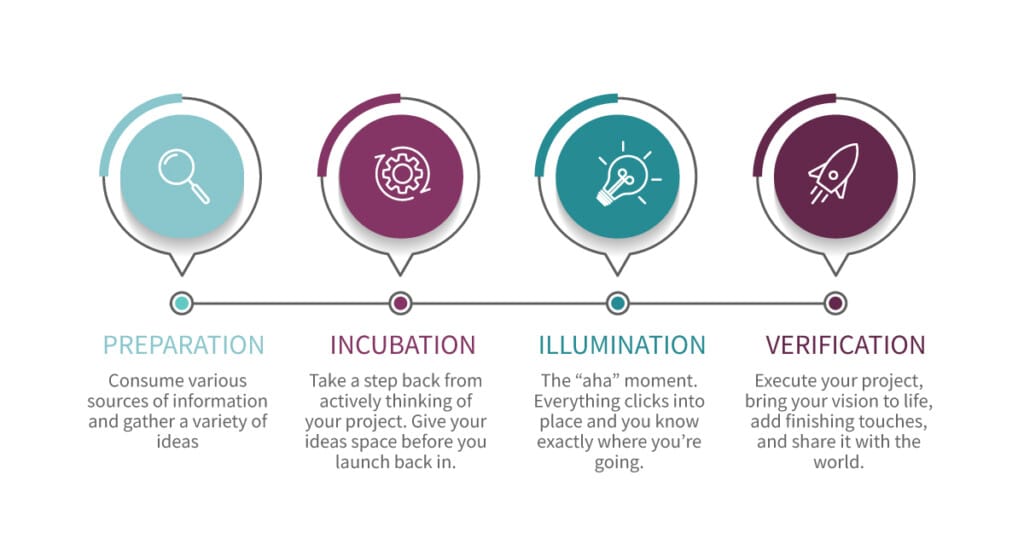
In other words, creatives follow a systematic process in order to produce the end result they want.
Establish and document creative goals
What I’ve learned from personal experience is that I need to set a clear vision for my end result and refer back to it often in order to stay on track.
If I don’t, my vision can get muddled or I can succumb to time pressures, and my end result can end up being a watered-down version of what I’d originally envisioned.
Here are examples of questions I ask myself, and the way I answered them for this video:
- How will this project be different from other projects of its kind?
I wanted to push the limits of the traditional, ultra literal whiteboard video. I wanted this one to have a dreamier, more inspiring quality. - How do I want people to feel when they see it?
With this video, I wanted to do more than explain. I wanted to persuade. I wanted the viewer to feel inspired, excited, and motivated. - What key themes need to stand out and how will I do it?
To show that everyone can be creative, I decided to show a cross-section of people with different occupations.
To show people choosing to be creative, I decided to show characters undergoing a transformation and to use the orange orbs as a visual representation of creativity. - What mindset adjustments do I have to make to get this right?
Because of the transformation each character had to undergo, I knew I would need several frames for each character. That meant the project would take much longer than other projects. I had to accept that, going in. I had to give myself permission to give the project the time it needed, and not to rush through. - What would the end result look like and how would we travel from scene to scene?
Here was the rough draft I sketched out of the closing scene to crystallize my vision:
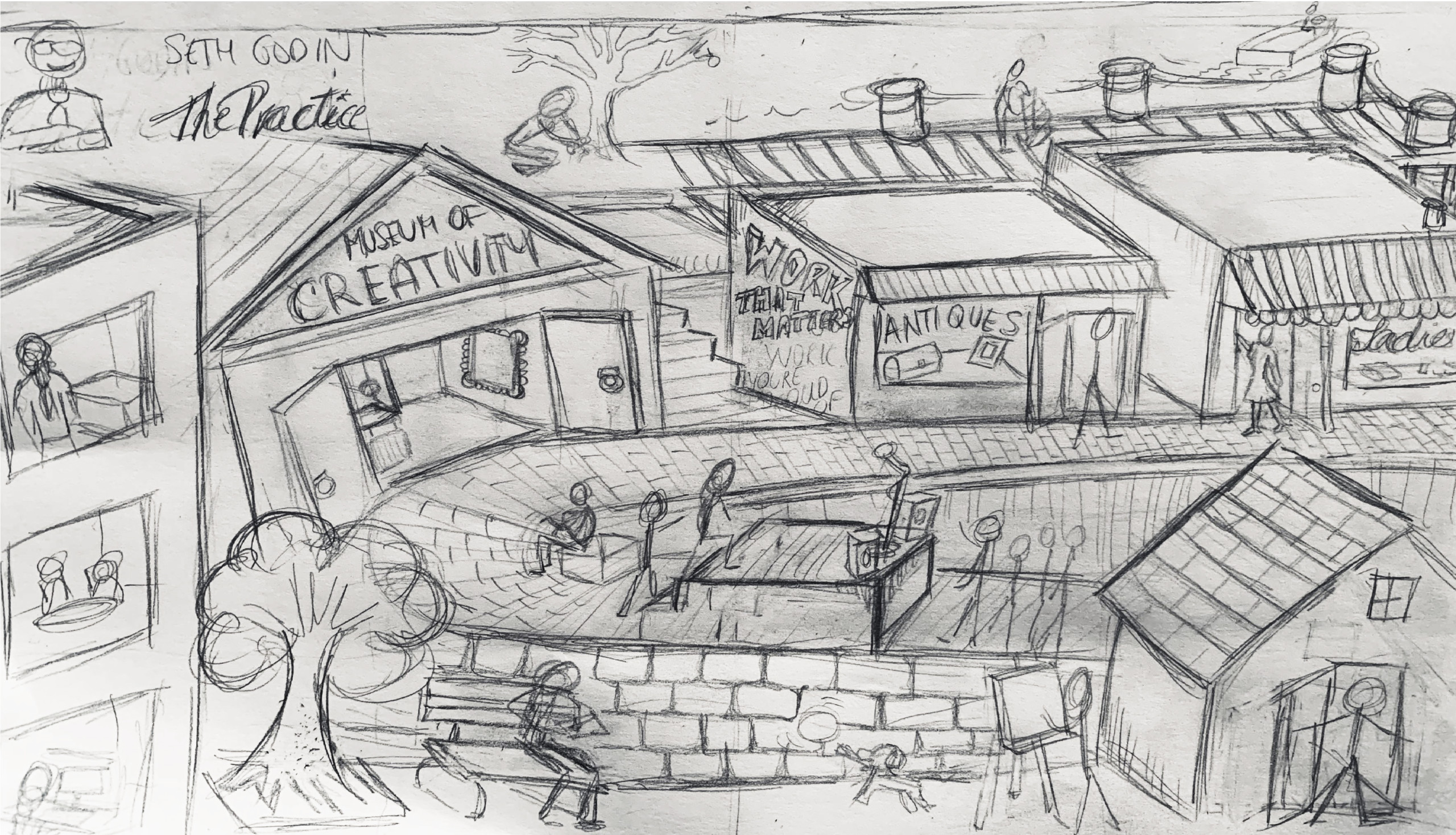
3
Give it a rest
Incubation, as you saw above, is one of four stages of the creative process. That’s the stage where you step away and let your ideas simmer in the back of your mind while you do other things.
I used to let creative projects consume me whole and throw myself into them with abandon, taking breaks only when absolutely necessary. But I’ve discovered that taking some distance from a creative project is vital. So much so, in fact, that I force myself to do it at every stage of the process.
When I’m too close to my work, I lose objectivity. When I take some distance and return with fresh eyes, I always notice small details that aren’t quite right and that I can improve on. I always come up with fresh ideas to take my work to the next level.
Catch the Alpha wave
How do you make the most of your time away from your project? Personally, I like to engage in activities that induce alpha wave thinking. These are activities that partially engage my brain without taxing it, such as:
- Going for walk, run, or bike ride
- Practicing yoga
- Working on a jigsaw puzzle
- Playing a chill game on my phone, like 2048, Wood Block Puzzle or Picture Cross
"It takes a lot of time to be a genius, you have to sit around so much doing nothing, really doing nothing."
– Gertrude Stein
4
Go with the flow
I’ve learned that my creative work sessions are never more productive or fulfilling than when I get into a state of Flow.
Flow is a state of mind in which:
- you become completely immersed in your activity
- you lose all sense of time and awareness of your surroundings
- you really enjoy the work you’re doing
To find out more about the state of Flow and why it might be the secret to your happiness, watch this Ted talk by Hungarian-American psychologist Mihaly Csikszentmihalyi who named the phenomenon.
Here are a few quick tips to find your state of flow:
- Make sure you’re well-rested. Getting enough sleep can do wonders for your powers of concentration.
- Clear time in your calendar when you know your thinking is usually at its peak. For me, that’s early in the morning.
- Remove all distractions. Clear visual clutter. Shut off all notifications.
- Focus all your energy on one project at a time. Don’t multi-task or try to juggle multiple projects. (I floundered with this project until I hit pause on several others and devoted all my energy to this video.)
- Work in sprints. Set a timer for a short period (25 to 45 minutes) and focus on nothing but your work until the timer rings. As you get better, lengthen the duration of your sprints.
- Practice. The same way you get better at meditation by learning to bring your attention back to your breath after you mind strays, you will also get better at getting and staying in a flow state with diligent practice.
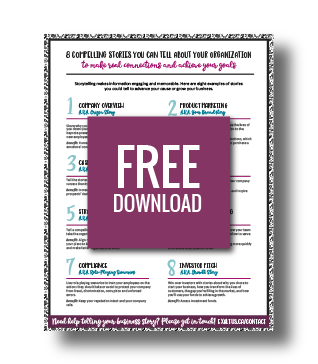
Create an emotional connection with your key stakeholders
Find out which eight organizational stories you can tell to emotionally connect with your key stakeholders, inspire them, and motivate them to act.
5
Stretch and learn
Remember when we saw that creativity isn’t synonymous with art? That it’s actually closer to innovation or originality? By definition, that means you’re not really being creative if you’re approaching each project exactly the way you did the last one.
I see each creative project as the chance to stretch and grow. I start every video determined to make it the best I’ve ever created. To push the envelope.
(Side note: this, unfortunately, makes it hard to look back on past work because you always find things you wish you’d done differently.)
In this video, for example, I stretched and learned by:
- Exploring new animation styles in the transformations my characters underwent.
- More intentionally aligning the video’s movement to the rhythm of the music, especially toward the end of the video, to create a subconscious feeling of momentum.
6
Embrace the fear
Creativity and fear are a package deal
Confession time: At some point in every creative project, usually in the early stages, I have a moment when I look at what I’m doing and think it’s utter crap.
I assumed that was just me. I thought it was because my background is actually in mathematics and analytics that I can sometimes feel like a fraud as a visual storyteller.
It was only when I read the essay “Early Work” by Paul Graham, that I realized this is actually a common phenomenon. In the essay, Paul writes:
“Many great projects go through a stage early on where they don’t seem very impressive, even to their creators. You have to push through this stage to reach the great work that lies beyond. But many people don’t. Most people don’t even reach the stage of making something they’re embarrassed by, let alone continue past it. They’re too frightened even to start.
Imagine if we could turn off the fear of making something lame. Imagine how much more we’d do.”
– Paul Graham
If we can’t turn off the fear, as Paul suggests, we have to learn to push past it. To have enough faith in ourselves to keep working through it.
Surround yourself with supportive people
Shawn Mendes was recently on the Tonight Show, speaking to Jimmy Fallon about the process of creating his latest album. Jimmy asked him what it was like to create with his girlfriend, singer-songwriter, Camilla Cabello, by his side. Here was his answer:
Sometimes, it can be helpful to talk through your moments of fear and self-doubt with supportive friends you respect. Sometimes they can help keep you accountable to your original vision and help you believe in yourself when you falter. But remember…
You won’t please everyone
In his post “It turns out that ‘beiger’ isn’t a word,” Seth Godin tells us that “Bland is not a helpful goal.” And he’s right, of course. And if your work isn’t bland, it won’t please everyone. And that’s ok. You can’t let that scare you into a safer direction.
If you believe in what you’re doing, you need to show a little conviction and resist the impulse to defer to doubters.
Yes, it’s a risk. But creativity requires a little bravery. You need to have the courage of your conviction. Here’s my take on that, in a recent Instagram post.
View this post on Instagram
"Creative people combine playfulness and discipline, or responsibility and irresponsibility."
– Mihaly Csikszentmihalyi
7
Have some fun
A little playfulness is an essential ingredient of creativity. In their article “Ten Habits of Highly Creative People,” Scott Barry Kaufman and Carolyn Gregoire write:
“As adults, cultivating a childlike sense of play can revolutionize the way we work. Research shows that hybrid forms of work and play may actually provide the most optimal context for learning and creativity”
To push the limits of your creativity, learn to explore ideas with an almost a childlike wonder. Consider them from different perspectives. Push them to an almost absurd extreme.
For one element of this project, I drew on a lesson I learned from Ann Handley, in one of my favourite installments of her always brilliant Total Annarchy newsletter “a Writing Prompt for an Anxious World“:
“Humor is the truth exaggerated to an absurd degree.”
– Ann Handley
This is how I applied Ann’s lesson to this video:
Seth’s thesis is that creativity belongs to all of us. My first thought was “Really? All of us?” And so, I tested the idea. Even scientists? And sure enough, I found people who argued that it takes creative thinking to solve science problems.
How about accountants? Yep, I found people who insist that creativity even has a legitimate place in accounting.
And so how could I exaggerate Seth’s thesis to the point of absurdity? How about… dogs? Can dogs be creative? Enter a creative pup playfully chasing one of the creativity orbs.
(I also had a bit of fun with some other details in the video, such as the naming of a creative celebrity “Cree A. Tiv”, or that fine specimen of creativity, preserved for posterity, “Creatus Magnus”.)
Not all of my play made it into the video but it led to some other ideas that did.
8
Sharing is part of the equation
Finally, for my last lesson in creativity, I’ll pull a couple more quotes from the video. Seth tells us:
- “Making a contribution isn’t possible if we don’t ship the work“
- “Find your voice and share it”.
If you’re an introvert like me, you may find it much easier to create than to promote what you’ve created. But If you want to put your creativity to work for you. If you want it to help your career or your business, it’s not enough to create. You need to share your work.
In the case of this video, my motivation to promote went beyond just wanting to build visibility to my whiteboard animation service. Seth’s message deeply inspired me. And I wanted others to be inspired by it too. I wanted to do my small part to share his message with the world.
And so this time, I didn’t just share it once on my social channels and leave it at that:
- I sent it out to my email community. (Not on my email list? Sign up now.)
- I shared it out on all my social platforms, often several times, and with a different caption each time.
- I enlisted the help of some pretty awesome influencer friends with large followings to help me get the word out.
The combination of those efforts and the fact that Seth, himself, embedded the video and a link to my website on his website, had a huge impact. Only a couple of weeks after releasing the video, it had already been viewed close to 3,000 times.
Over to you
I hope that, if nothing else, I’ve convinced you that you can choose to be creative, and that there are things you can do to nurture that creativity and to make it an enjoyable and exciting process.
Do you need a little help with your next creative projects? I’d love to help. Contact us today, and be sure to check out more of the whiteboard animation examples in our portfolio. Our award-winning whiteboard animation is evidence backed by an independent study. Also, if you enjoyed this post and would like to read more like it, please sign up to my email list.

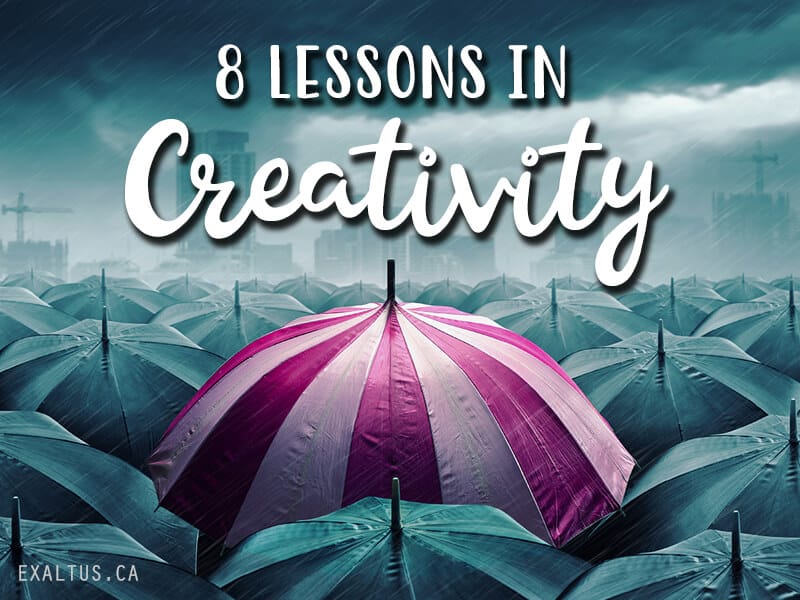
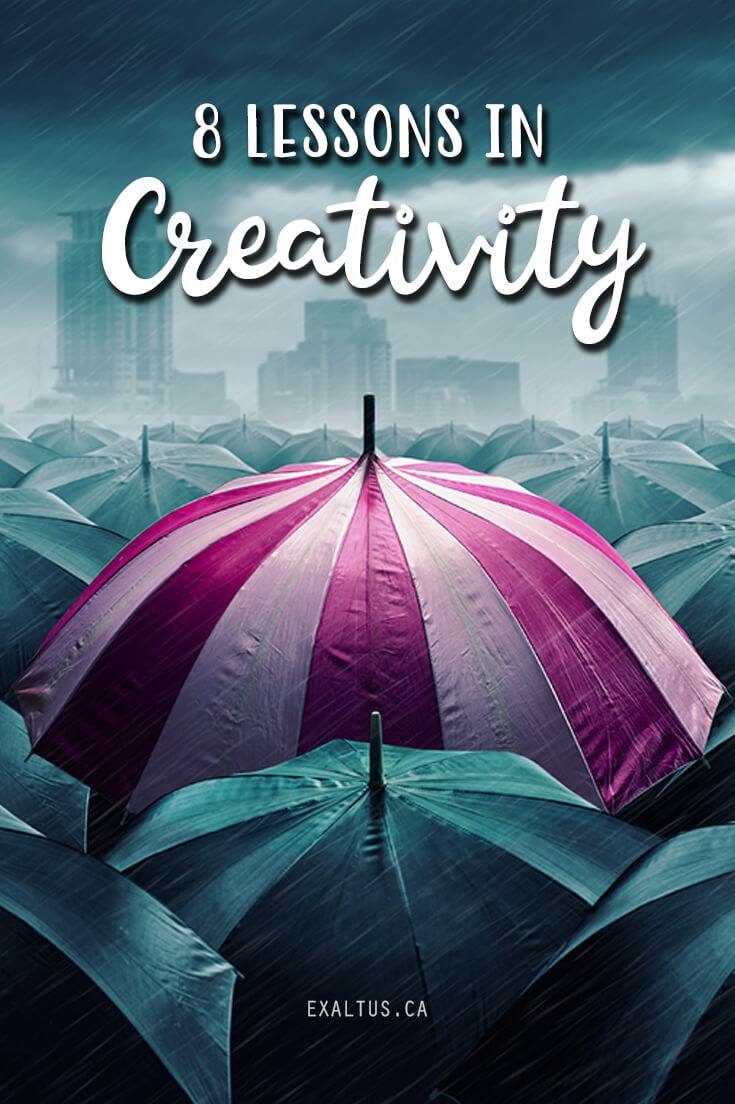
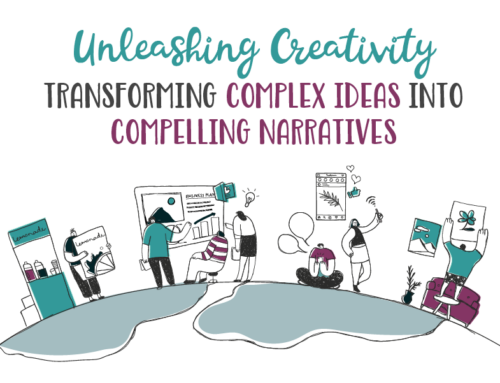
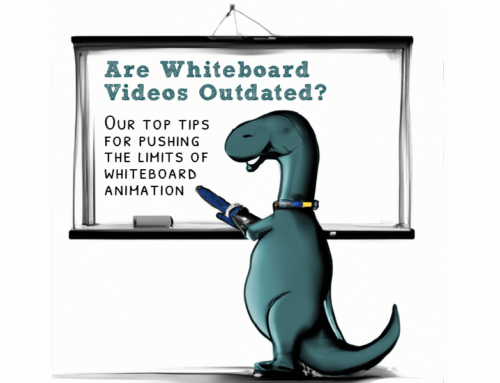
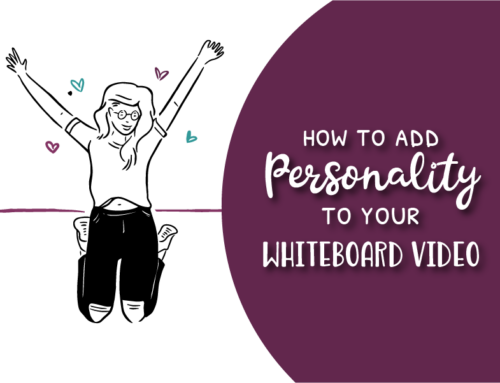
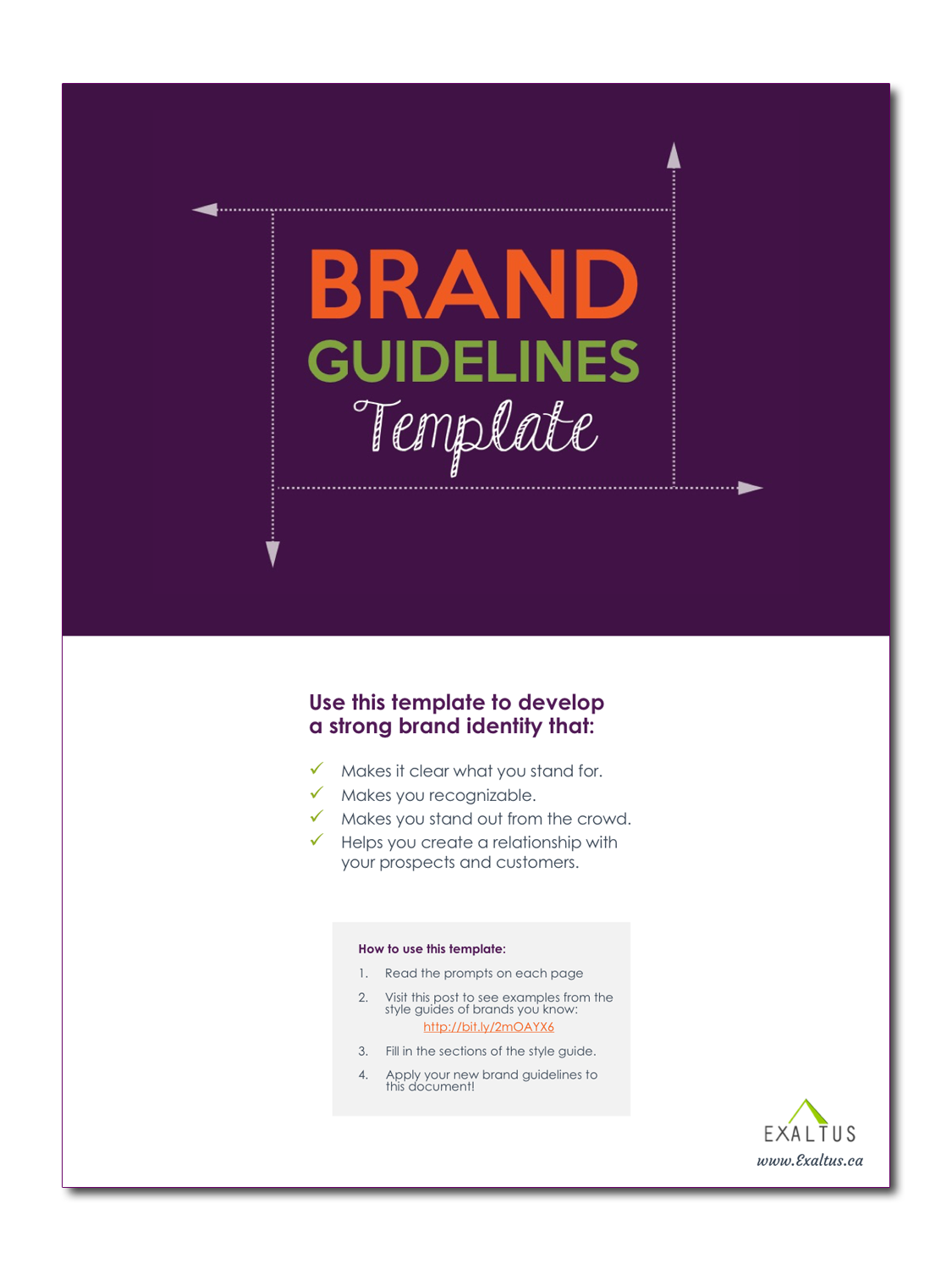

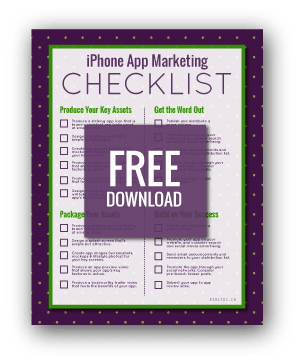
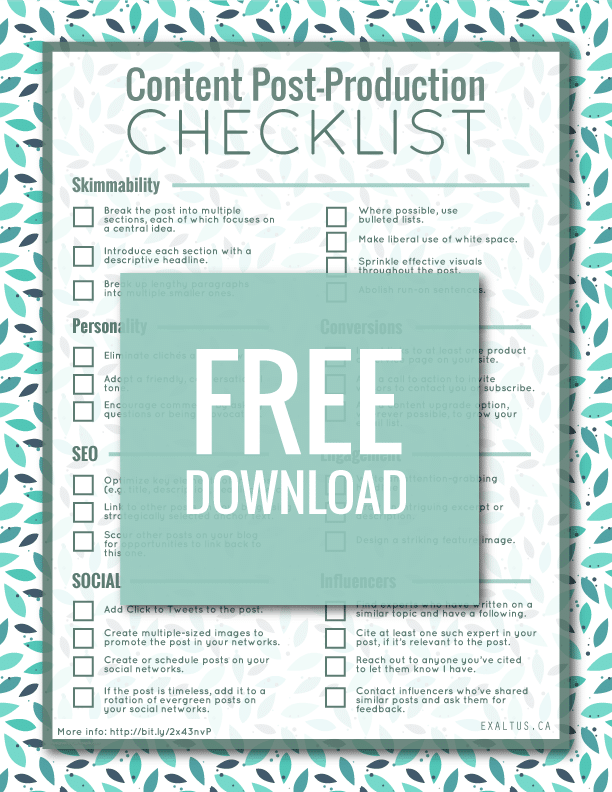
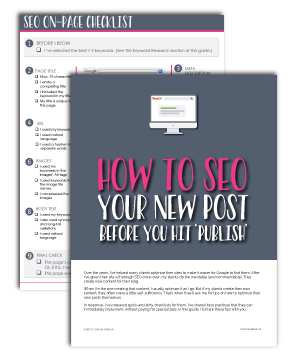
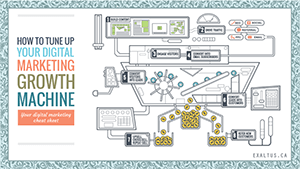
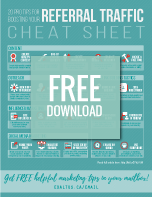

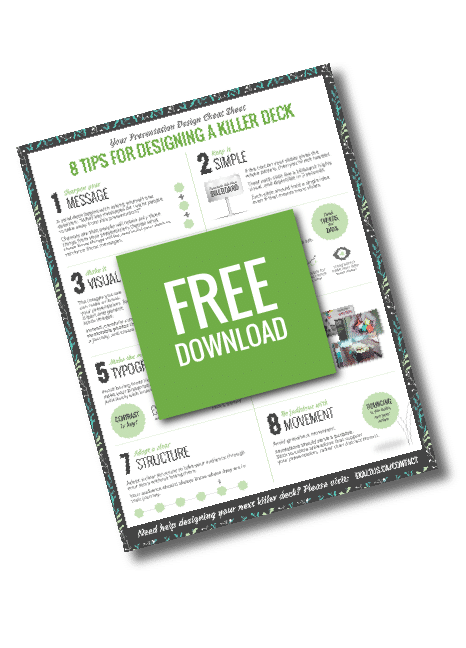
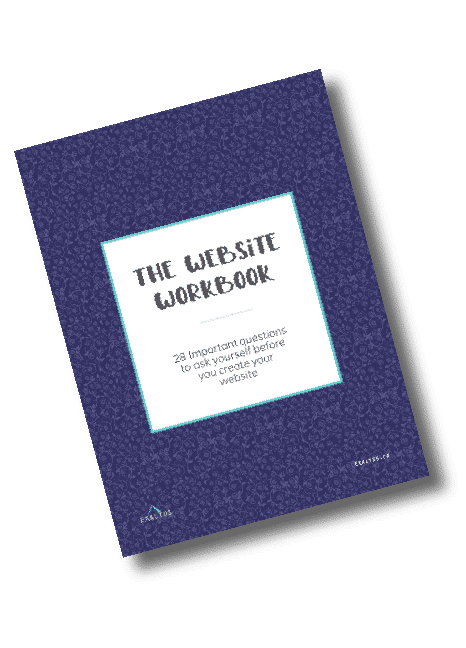
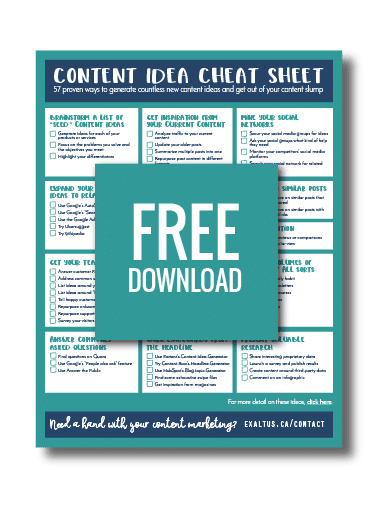
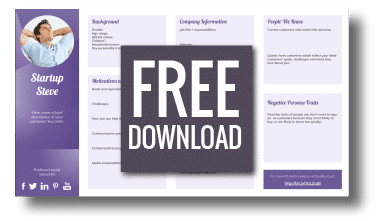
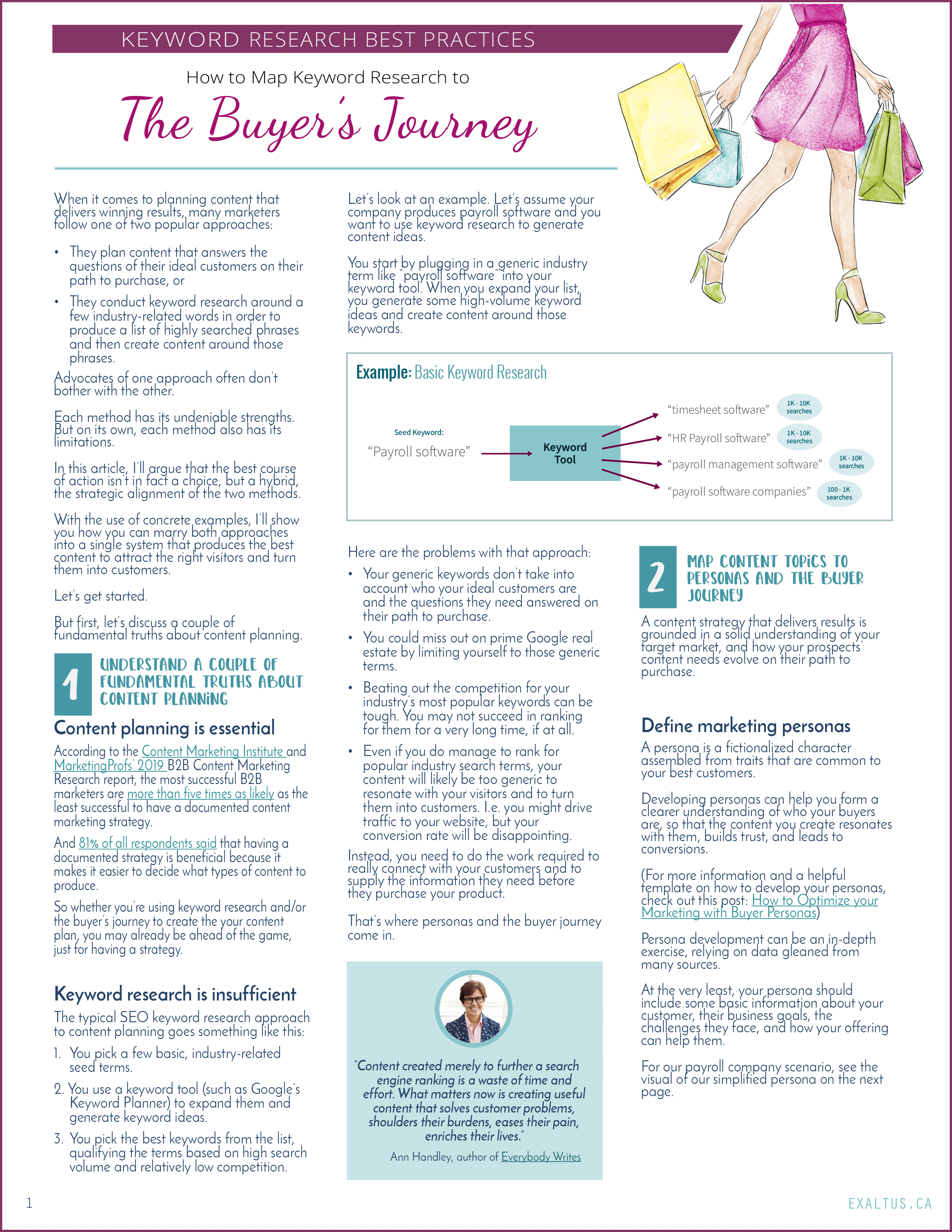
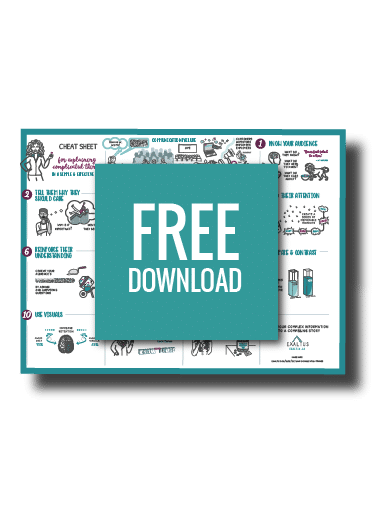
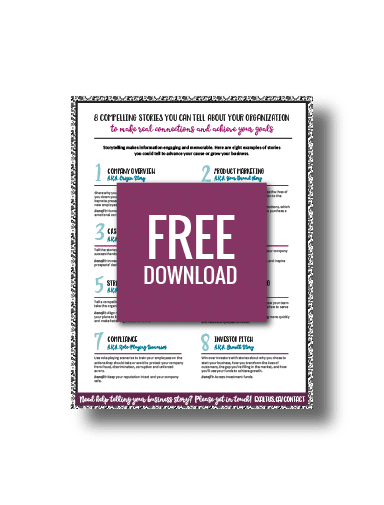
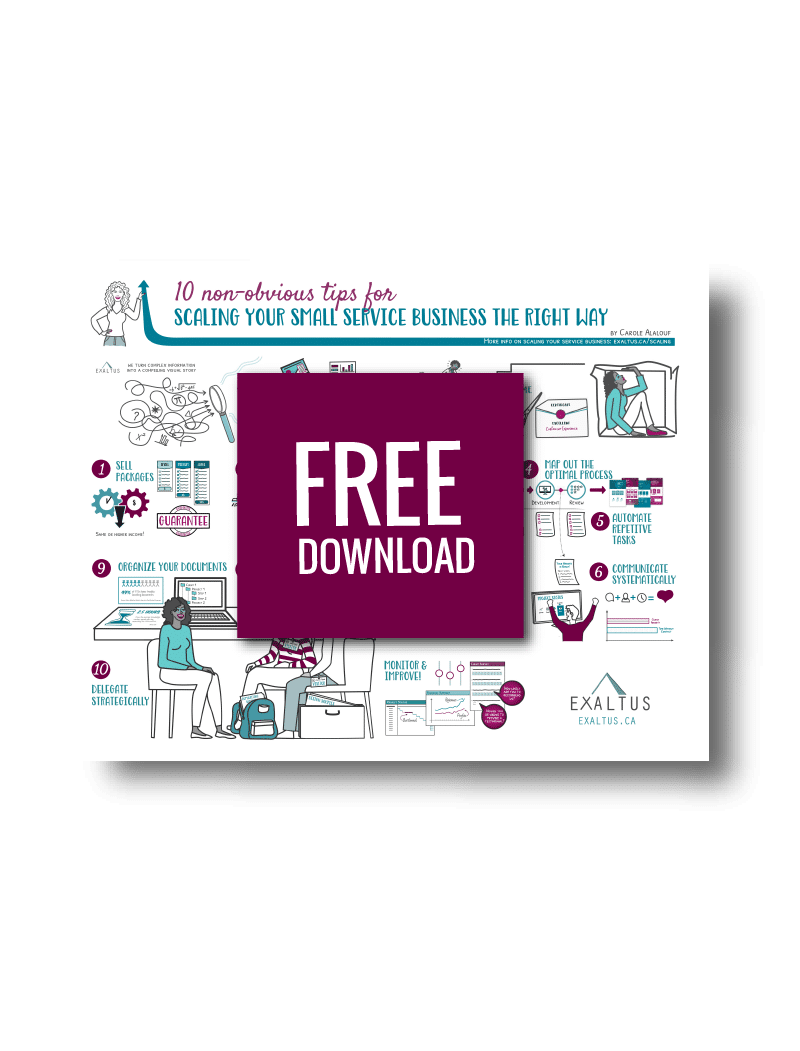
Leave A Comment